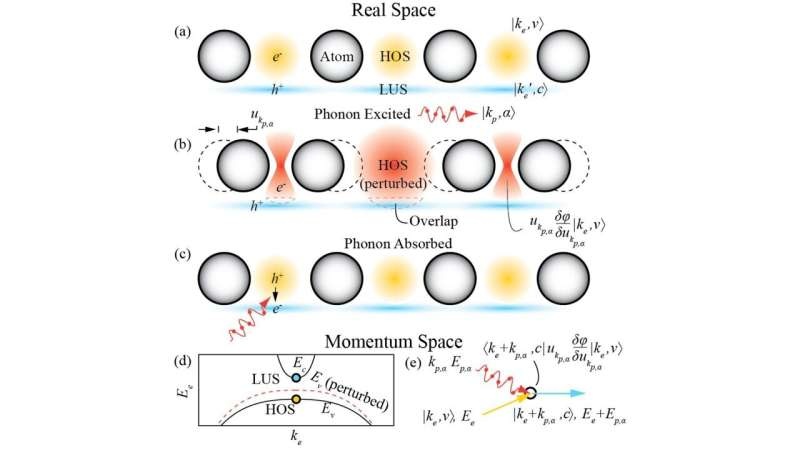A groundbreaking new study explores how the quantum geometry of electronic wavefunctions can profoundly impact the electron-phonon coupling, a crucial mechanism behind superconductivity. Discover how this novel theory could pave the way for more efficient and high-temperature superconductors.

Unexpected Influence of Quantum Geometry
Superconductivity, the ability to conduct electricity without resistance, has intrigued scientists for a long time. Central to this wonder is what happens when electrons interact with the vibrations of the crystal lattice a process that is known as electron-phonon coupling (EPC).
However, a groundbreaking study published today in the journal Nature Physics shows that instead it is determined by how electronic wavefunctions subscribe to quantum geometry and this offers a surprising unifying connection with the strength of EPC. Led by Dr. Jiabin Yu, a Moore Postdoctoral Fellow at Princeton University, the researchers have developed a new theory to better understand this largely uninvestigated sector.
This work was motivated by a new perspective other than the conventional quantum materials that Dr. Yu has been pursuing: to explore how geometric and topological properties of wavefunctions could affect critical interactions like EPC; In exploring this quantum geometry, Researchers hope to create new avenues for superconductivity offering even more efficient paths to design next-generation quantum materials.
Begin ReadingWavefunctions Unraveled: The quantum geometry connection.
Wavefunctions are the mathematical equations that describe how particles behave in quantum physics and contain all the relevant information about a quantum state. And these wavefunctions are not like things we have a lot of hands-on experience with; they can move around, somewhat akin to waves on the ocean. But unlike classical waves, quantum wavefunctions must obey all the complexities of quantum mechanics.
The study of space-time variations of wavefunctions, or quantum geometric phases, is the subject of a field known as quantum geometry. The band structure of materials is important because it tells you about the conductivity and other key properties of these materials, in the terms of condensed matter physics.
The researchers used a Gaussian approximation to model the myriad interactions among electrons and phonons They exploited this fact to connect the real-space electron hopping with the momentum-space quantum geometry, and demonstrated how the way wavefunctions overlap between neighboring sites is determined by this quantum geometry and can therefore control the EPC strength.
Conclusion
The research by Dr. Jiabin Yu and his associates, who are first authors on their paper detailing the work, opens up new territory in how superconductivity works. By showing how quantum geometry controls the strength of coupling between electrons and phonon, a main process behind this amazing behavior, the researchers have introduced an important way towards designing better superconductors that can work at even higher temperatures. This research is an excellent demonstration of new understanding becoming possible when we probe the unseen world of wavefunctions and their local properties within crystalline materials, a line of exploration which is still in its infancy given quantum mechanics’ nearly century-long history.
